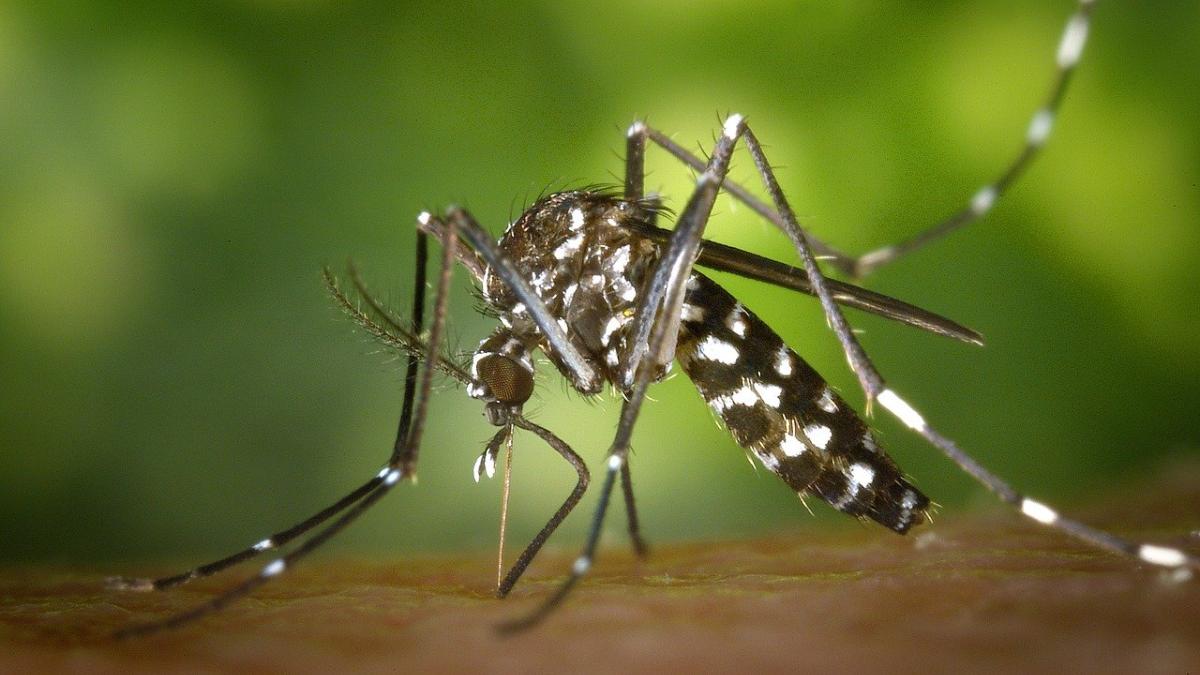
The days of reaching invisibility are still far away. But, scientists have figured out how to make humans invisible to pests. Read to know how this recent study will help provide mosquito protection.
Research reveals mosquito protection secrets
Scientists used CRISPR-Cas9, a gene-editing tool to discover how to make humans practically invisible, in the eyes of the Ades aegypti mosquitoes. These are the very same mosquitoes that spread deadly diseases like the Zika virus, chikungunya, and yellow fever. Using the tool, scientists can eliminate two of the light-sensing receptors present in the eyes of mosquitoes. This hinders their ability to track their hosts visually.
“If female mosquitoes are unable to locate an appropriate host, they will fly straight to what seems to be the next closest target,” said Craig Montell, the author of the study. Montell is a neurobiologist at the University of California, Santa Barbara. Moreover, humidity, stench, and heat are the main factors used by mosquitoes to track us. “They can also detect some of the organic cues from our skin,” added Montell.
Here’s how it works
Researchers exhaled Carbon dioxide at the end of a wind tunnel. This helped in understanding how successfully mosquitoes tracked the host. Then Montell and Yinpeng Zhan, the lead authors took to testing two suspected proteins. Once they were eliminated, mosquitoes could not sense dark objects. However, further testing showed that they were not blind.
Wait, what will happen if mosquitoes cannot detect humans? According to Montell, the population will ‘crash’ if the female struggles to find the required amount of blood. “The better we understand how they sense the human, the better we can control the mosquito in an eco-friendly manner,” said Zhan. After all, this particular species of mosquitoes are vectors for several disease-causing pathogens. Understanding its biology will help develop better strategies for mosquito control and disease management.
